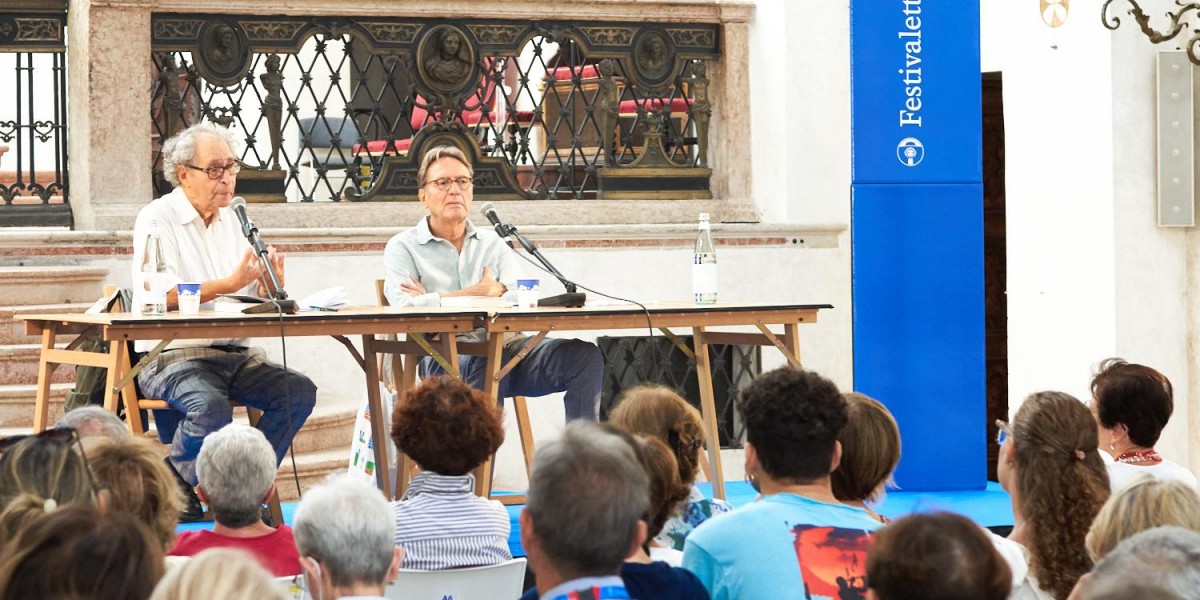
Can literary analysis show us the meaning of love?
The Palatine basilica of Santa Barbara was built during the 16th century at the request of the Duke Gianluigi Gonzaga and used for the main religious ceremonies of the House of Gonzaga. It was within this splendid church that Antonio Prete, professor of Comparative Literature at the University of Siena, and Maurizio Bettini, professor of Classical Philology at the same university, discussed the meaning of love. Prete's latest work, Carte d’Amore, maps the main classical and modern writers dealing with this topic. For this reason he thinks of his project not as a single book but as a collection of books.
Carte d’Amore doesn’t include references to psychology or psychoanalysis, finding most of its concepts within classical literature. From Plato’s Symposium through Dante to Petrarca, Prete’s book shows how there is a language of love that has developed and evolved through the centuries. This language is not unique to literature, but can also be found in figurative art and in the physical, sensitive movements that every human makes.
In this journey through history, Prete talked about unrequited love as a source of literary inspiration, especially in the Middle Ages, and the female character as an unattainable entity. The books he cited and the artworks he recalled, such as Psyche Revived by Cupid's Kiss by Canova, all converge to a unique point: impossible to define love in its fullness, we can only trace the fragments and forms that help us to represent it. Nevertheless, we can consider it the most human and universal passion there is.



